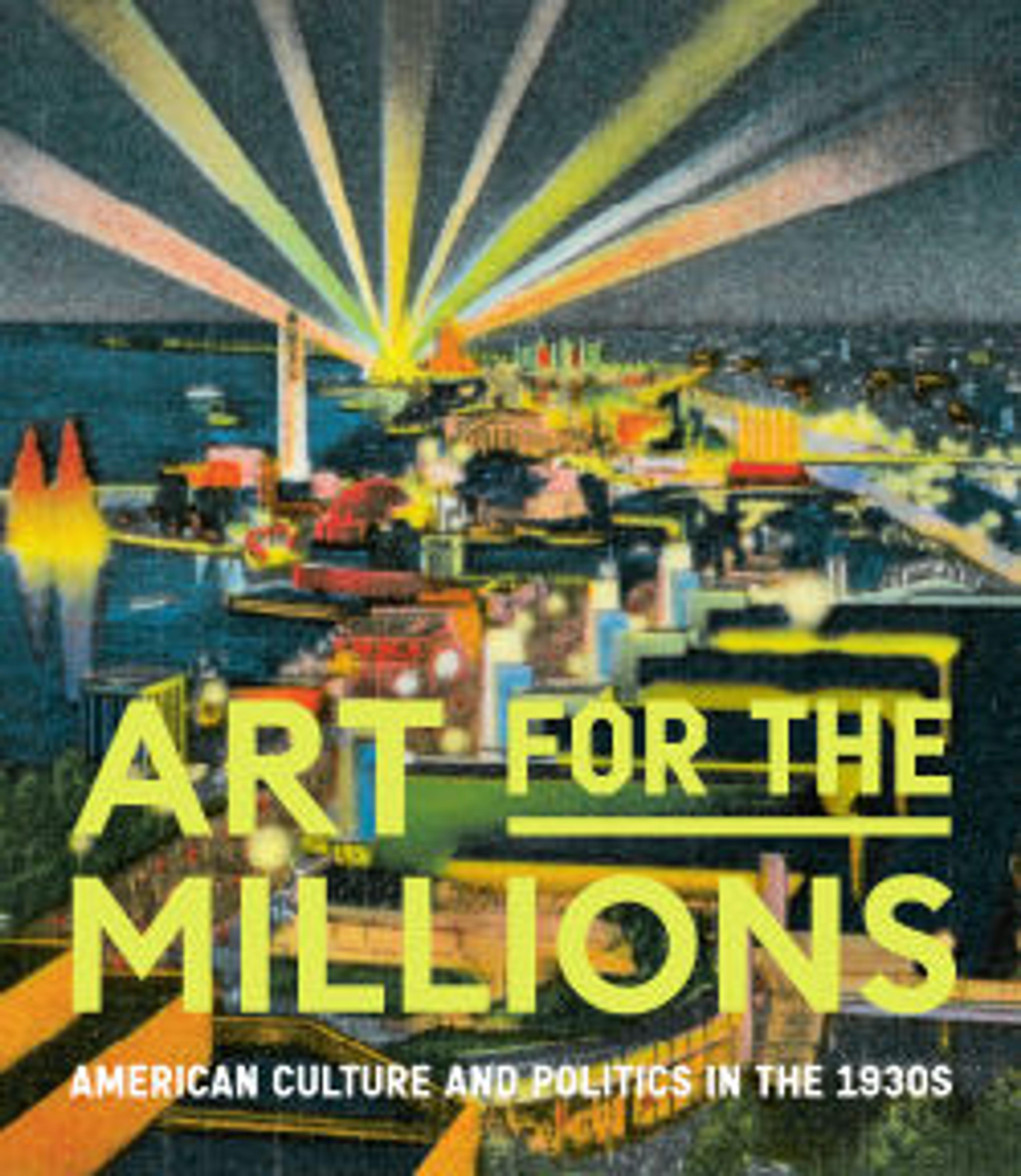Evolution of Swing
Evolution of Swing illustrates the development of swing music from its origins in rural Africa, represented by the scene at lower right, through the enslavement of Africans by white Americans, to the urban centers of the twentieth century. The subject is representative of the centrality of black American history and culture in Steth’s work. He took cues from the three primary leaders of the Mexican muralism movement—his contemporaries José Clemente Orozco, Diego Rivera, and David Alfaro Siqueiros—in producing a flowing, allover composition that conveys an intelligible narrative. The print is based on a drawing that Steth used in his application to the Federal Art Project of the Works Progress Administration, a New Deal program that financially supported unemployed artists. He was placed in the Graphics Division of the Federal Art Project in Philadelphia, where he worked for a little over two years and developed the drawing into a lithograph.
Artwork Details
- Title:Evolution of Swing
- Artist:Raymond Steth (American, Norfolk, Virginia 1917–1997 Philadelphia, Pennsylvania)
- Publisher:WPA
- Date:1939
- Medium:Lithograph
- Dimensions:sheet: 15 1/4 x 20 3/16 in. (38.7 x 51.3 cm)
image: 12 11/16 x 16 3/4 in. (32.2 x 42.6 cm)
frame: 16 x 21 in. (40.6 x 53.3 cm) - Classification:Prints
- Credit Line:Gift of Pennsylvania W. P. A., 1943
- Object Number:43.46.55
- Curatorial Department: Drawings and Prints
More Artwork
Research Resources
The Met provides unparalleled resources for research and welcomes an international community of students and scholars. The Met's Open Access API is where creators and researchers can connect to the The Met collection. Open Access data and public domain images are available for unrestricted commercial and noncommercial use without permission or fee.
To request images under copyright and other restrictions, please use this Image Request form.
Feedback
We continue to research and examine historical and cultural context for objects in The Met collection. If you have comments or questions about this object record, please contact us using the form below. The Museum looks forward to receiving your comments.
